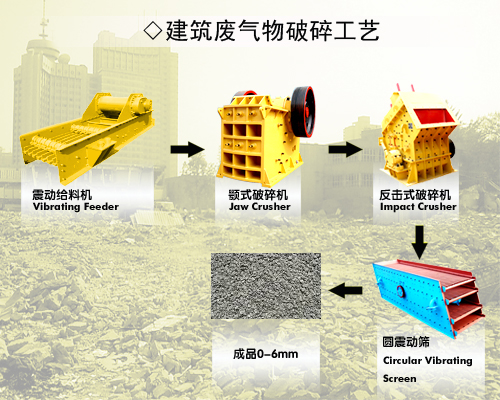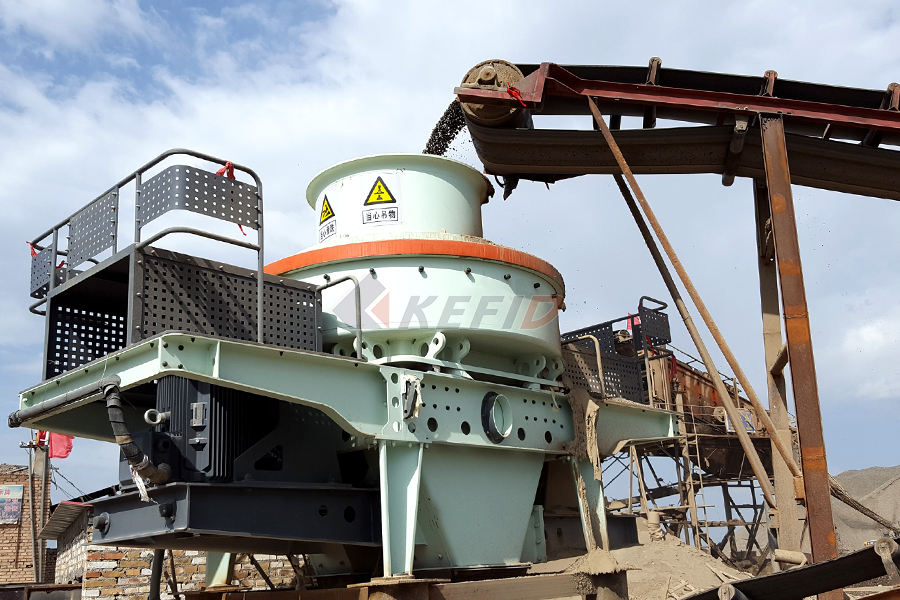# Copper Beneficiation in the Plant: Processes, Technologies, and Challenges
## Introduction
Copper is one of the most essential metals in modern industry due to its excellent electrical conductivity, thermal conductivity, corrosion resistance, and malleability. It is widely used in electrical wiring, electronics, construction, and renewable energy systems. However, copper rarely occurs in pure form in nature; instead, it is found in ores containing various impurities. Therefore, copper beneficiation—the process of enriching copper content from mined ore—is crucial for producing high-grade copper concentrates suitable for smelting and refining.
This article provides a comprehensive overview of copper beneficiation processes employed in mineral processing plants. It covers ore preparation, crushing and grinding, flotation techniques, alternative beneficiation methods, environmental considerations, and future trends.
—
## 1. Overview of Copper Ores
Copper ores can be broadly classified into three categories:
1.1 Sulfide Ores
The most common copper-bearing minerals include:
– Chalcopyrite (CuFeS₂) – The primary source of copper (~70% of global production).
– Bornite (Cu₅FeS₄) – Contains higher copper content but is less abundant.
– Chalcocite (Cu₂S) – A secondary sulfide mineral formed through weathering.
These ores typically undergo froth flotation due to their hydrophobic properties.
1.2 Oxide Ores
Oxide ores include:
– Malachite (Cu₂CO₃(OH)₂)
– Azurite (Cu₃(CO₃)₂(OH)₂)
– Cuprite (Cu₂O)
These ores are usually processed via hydrometallurgical methods such as leaching.
1.3 Mixed Ores
Some deposits contain both sulfide and oxide minerals, requiring a combination of flotation and leaching techniques.
—
## 2. Copper Beneficiation Process Flow
The beneficiation process involves several stages:
2.1 Ore Preparation
Before processing, mined ore undergoes:
– Blending – Ensures consistent feed quality.
– Crushing – Reduces ore size (~150–250 mm).
– Grinding – Further reduces particles to fine powder (~75–150 µm).
2.2 Froth Flotation (Primary Method for Sulfide Ores)
Froth flotation is the dominant method for separating sulfide minerals from gang




